When Art Gaier first received the Jopson Motor it was missing pieces and looking pretty old and worn. After many internet searches and talking to people, he met and started conversing with the owner of another Jopson Motor in England. Between the two of them they had complete parts for one full engine and were able to provide measurements, photographs and drawings of missing parts to the other. Also helpful was the information provided in the 1916 Model Aeroplanes and Their Motors (which in and of itself was basically a re-print of an article found in the March 30, 1912 issue of Flight Magazine).


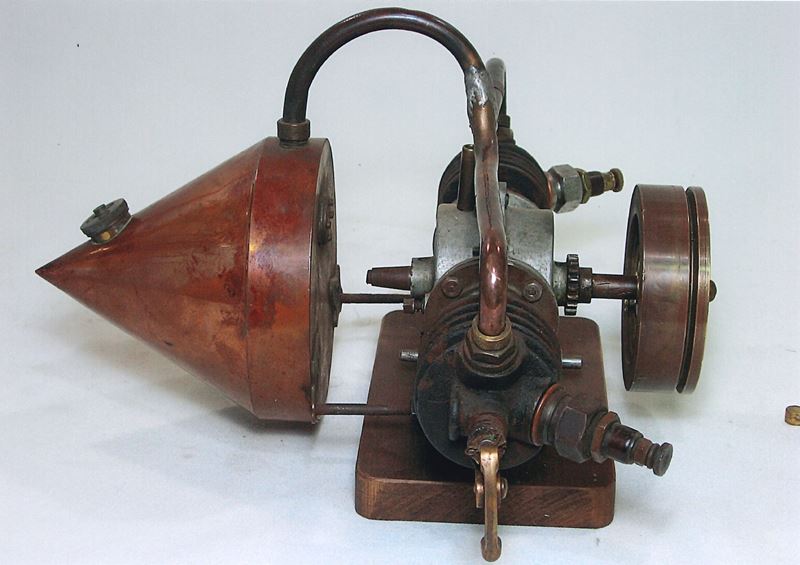
Art, who has an engineering background, was able to use the provided information to machine the missing parts.

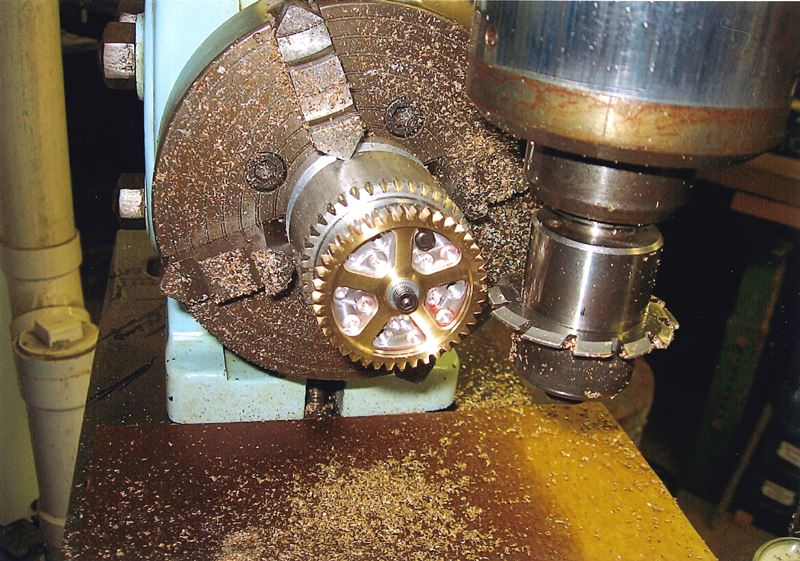
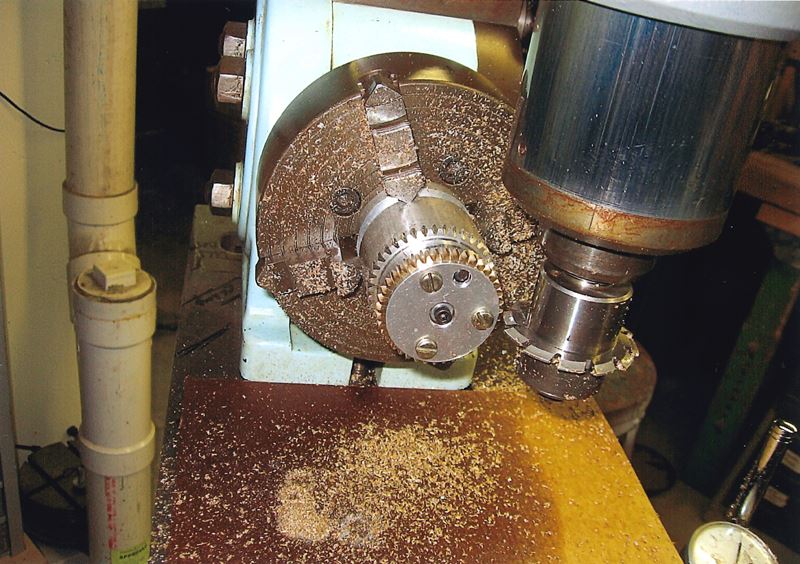
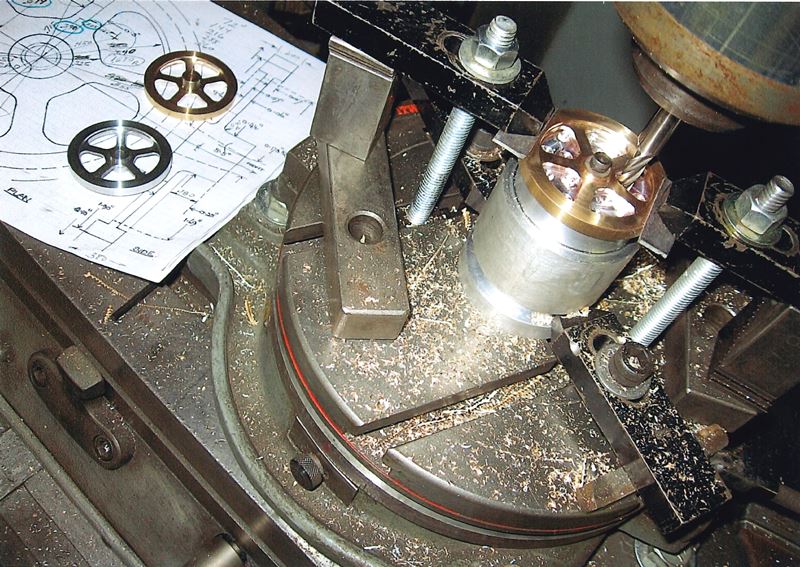
Now complete, his engine looks pretty much ready to run!

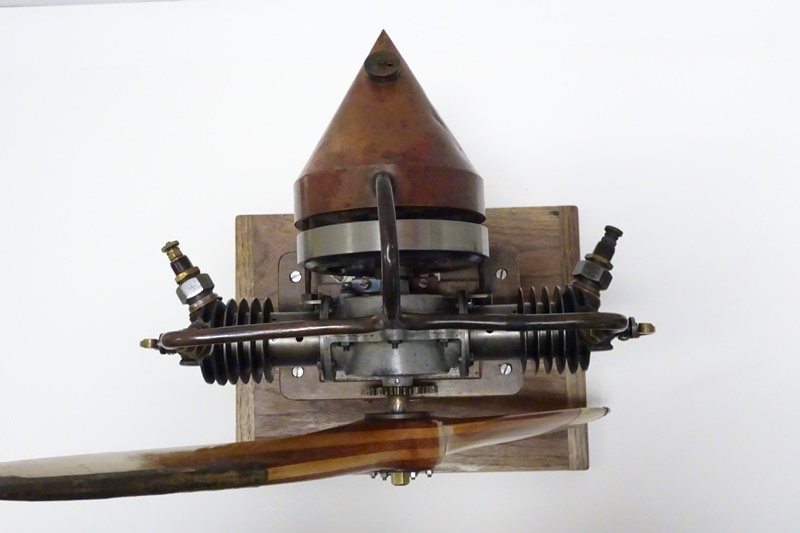

Want to know more? Check out the carburetor!
Come and see this in person anytime between Memorial Day and Labor Day 2017!
—————————————————————————
For more information on the National Model Aviation Museum, including our location, hours and admission fees visit: www.modelaircraft.org/museum
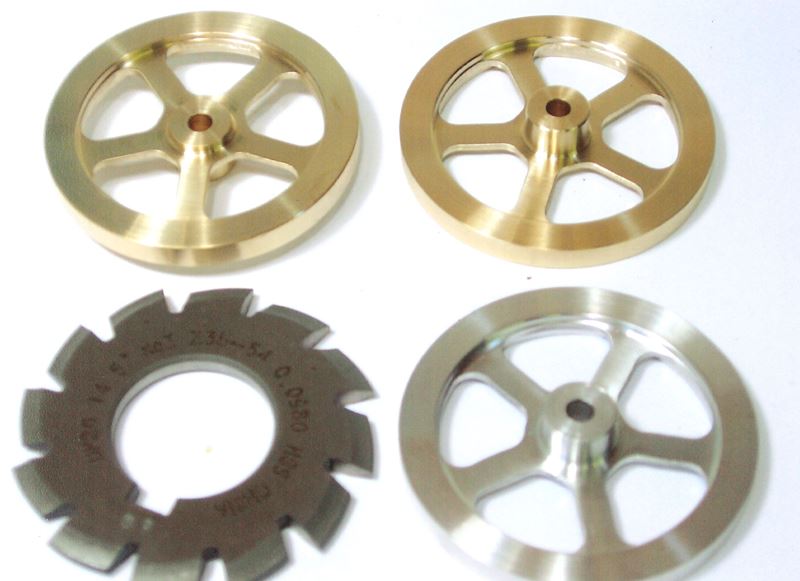
Fantastic restoration. Great job on machining missing gear. Patina is perfect
Wow what a nice looking engine. Mr. Jobson would be proud that you brought it back to its former glory. It has aged well for being a centenarian.
That Jobson must be a very rare engine. Thank you for putting it on display at the AMA museum.
The Jobson engine should be considered the “Cadillac” model airplane engine among collectors based on the scarcity of survivors. It would be very sought-after since only two are known to exist.
The pictures in your story are very nice. The Jobson must have had the initial spark for the spark plugs from from a coil and dry-cell batteries? The ignition points must be located behind the tank?
Yes, a coil and dry cell batteries were required to start the engine. The ignition points are located on the camshaft between the tank and the engine. You can just see them in the top-down picture.